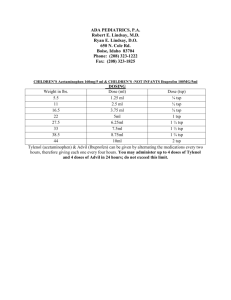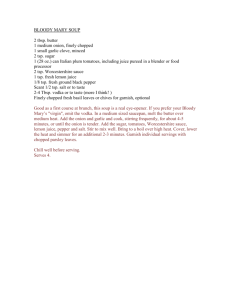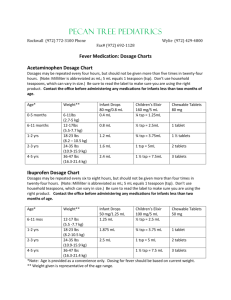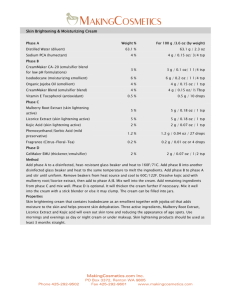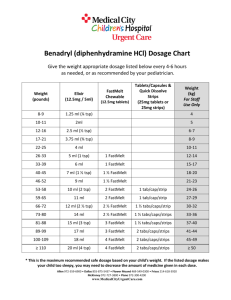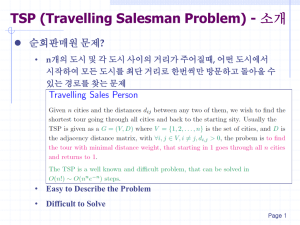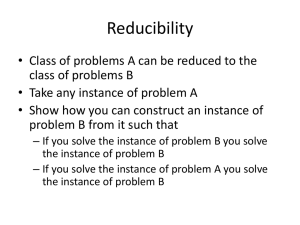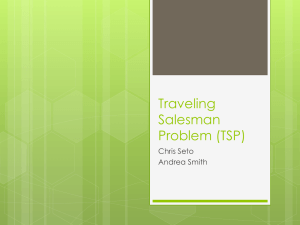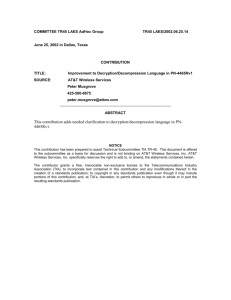Harder
advertisement
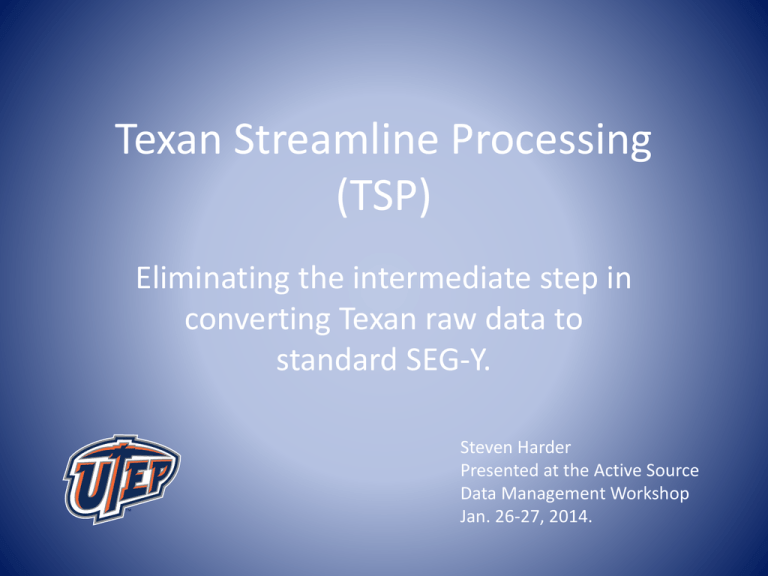
Texan Streamline Processing (TSP) Eliminating the intermediate step in converting Texan raw data to standard SEG-Y. Steven Harder Presented at the Active Source Data Management Workshop Jan. 26-27, 2014. Data Flow in TSP Read metadata dasfile, shot, geometry files Read 1 Texan raw file Convert & Write 1 trace w/ timing corrections, geometry and offsets to each SEG-Y file The Big Surprise • TSP runs approximately 30 times faster (clock time) than the two-step 125segy/texan2segy combination. • The primary reason for this speed is that both data input and output are read and written in large blocks. • Input is read one 528-byte page at a time. Output is written one trace with header at a time. Tape vs. Disk I/O Sequential vs. Random Access Advantages of TSP • Speed: ~30 times faster than two-step methods using sequential access. • Allows for the additional of traces to existing SEG-Y files as raw data become available. • Uses a relational data with natural organization of data. • Uses either rectangular and spherical coordinate systems. Future Directions • Output both SEG-Y and PH5 formats simultaneously? Raw Data Dasfile Geometry TSP Standard SEG-Y files Ready to plot ?? PH5 file Ready to archive Shot or Event File TSP is available at http://www.geo.utep.edu/pub/harder/tsp3-3-1.zip


